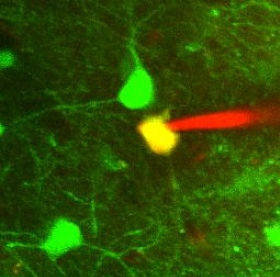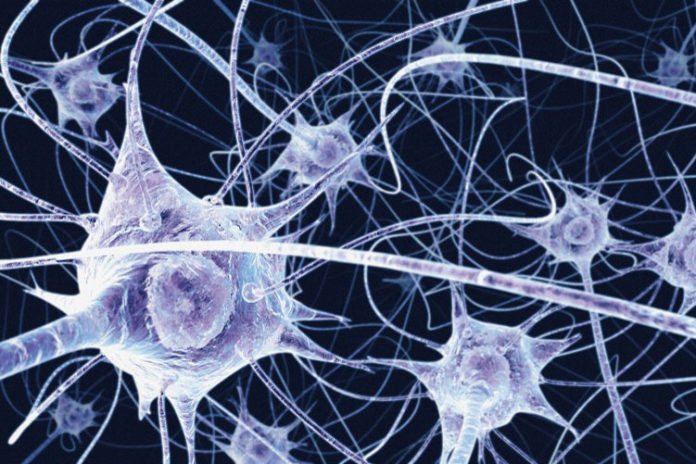A challenging brain technique called whole-cell patch clamp electrophysiology or whole-cell recording (WCR) is a procedure so delicate and complex that only a handful of humans in the whole world can do it. It’s the highest standard technique for studying the behavior of neurons under varying conditions.
Although it’s not a particularly new procedure and has been used in mammals since the 1970’s it’s one that’s only normally carried out by the most skilled of surgeons. In carrying out this procedure, scientists are able to gain a much deeper understanding of how the brain functions and of brain disorders such as Alzheimer’s or Parkinson’s. They do this by studying the electrical activity of neurons found within the brain in order to build a bigger picture as to its role.
The problem with WCR is that it’s very difficult to perform because of the microscopic nature of the cells involved and the miniature equipment that needs to be used. It also requires someone with a very steady hand to find the neurons and accurately record their electrical current, hence why not many laboratories offer this procedure. However, that could all be about to change thanks to scientists over at Imperial College London.
A team led by Professor Simon Shultz and Dr. Luca Annecchino at Imperial College London has come up with a new robot and computer program that can automatically guide micropipettes to specified neurons within the brain of live mice. It also records electrical currents too without the need of any human intervention.

“The WCR technique is a way to eavesdrop on neurons and see how they communicate with their neighbors,” says Shultz. “However, structures that cannot be seen with the naked human eye require very precise and accurate ways to measure them. We have managed to do so successfully so far, but now we have taught robots to ‘see’ the neuron and perform the procedure even better. This means WCR can now potentially be performed on a much larger scale, which could speed up our learning about the brain and its disorders.”
Typically carrying out WCR would involve scientists tagging one particular neuron with a fluorescent dye or marker of some kind. This is done by sending electrical signals to the brain that guides the robotic arm to the neuron. The pulses would then diffuse into the brain waiting until they come near a neuron, where they will stop. Then the micropipette clamps onto the cell, using a pulse of suction pressure in which to penetrate the membrane. Any electrical signals are then able to flow from the neuron straight until the computer using a conductive fluid.
The new method shows how a robot can complete complex human tasks automatically just as good as we can. In fact, results from the study show that not only was the robot faster at completing this procedure but more accurate too. Moving forward, this automation may mean that the procedure can be offered by far more surgeons than it’s currently offered by. “Although the WCR has existed for a number of years, we humans will find it very difficult to perform,” says lead author Dr. Annecchino. “However, it is so valuable in teaching us about the mammalian brain, that it is the ideal candidate for robotic automation.”
Next, the team will look further into brain circuits and see how they’re distributed by the amyloid plaques found in Alzheimer’s patients. “Ultimately, the problems in Alzheimer’s result from changes in the information processing capability of networks of individual brain cells,” confirms Dr. Annecchino. “This is exactly what we can monitor with the technique.”
More News to Read
- Researchers Make a Breakthrough in Neutrino Behavior
- The Medical Implications Weightlessness Has on our Astronauts
- Researchers Discover Lonely Microbes Have Higher rate of Antibiotic Resistance
- Are Nanodiamonds the Answer to Safer Batteries?
- Scientist Identified a Portion of the Brain that Intensified the Desire For Cocaine

